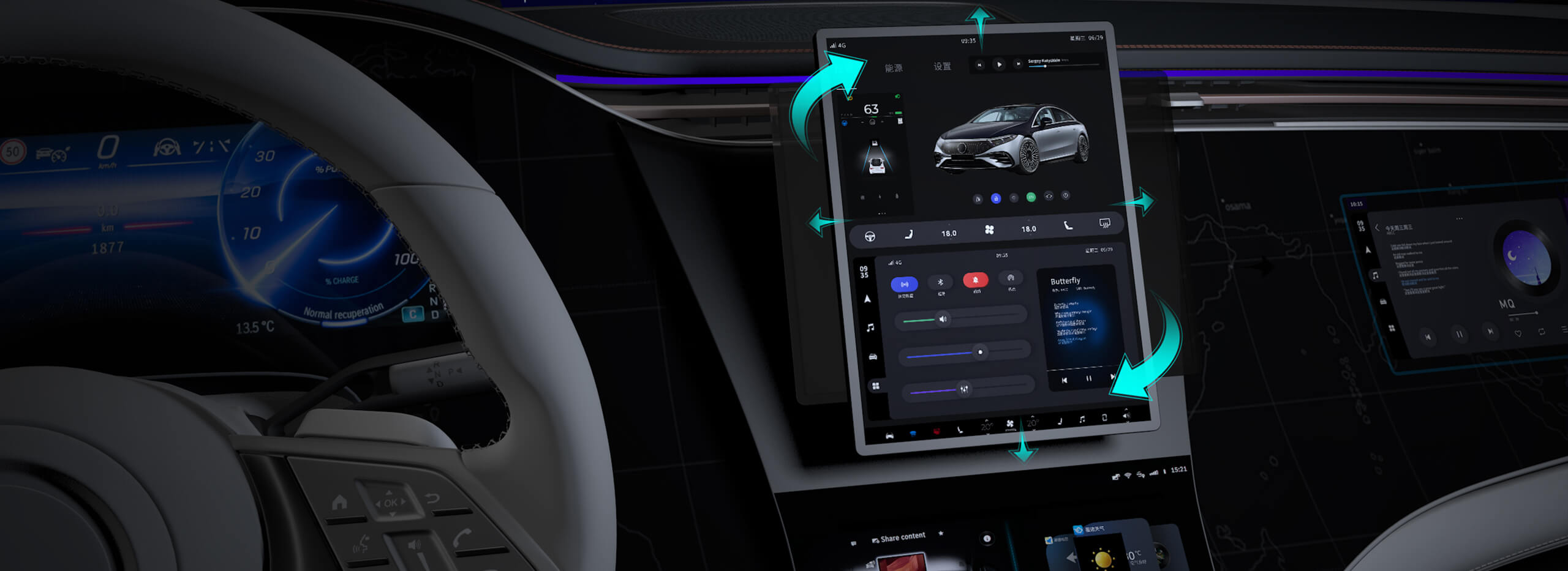Looking to bring life to your robotics projects or refreshing your DIY setups? The micro servo SG90 might just be your best friend in this adventure. This tiny marvel is known for its reliability and versatility, making it a favorite among hobbyists and innovators alike. But what exactly makes it a standout choice? Well, let’s dive into the details that make the SG90 voltage range so crucial and how it unlocks countless possibilities.

The SG90 micro servo’s voltage typically ranges between 4.8V and 6V. Why does this matter? Because even a slight tweak in voltage can really change how smoothly the servo operates. Push it to 6V, and it’s zooming with energetic precision. Dial it down to 4.8V, and it still hums along, just a tad slower, perfect for experiments that don’t require maximum speed. It’s the flexibility that makes the SG90 so user-friendly—it adapts to your needs rather than forcing you to fit into a narrow box.
How does voltage affect its performance? Imagine trying to run a race with a pair of shoes that aren’t quite right—that’s what operating the servo outside its voltage range can feel like. Too low, and it might lag, struggle to hold position, or even stall. Too high, and it risks overheating or damaging the motor. Smart design means staying within that sweet spot ensures longevity and consistent responsiveness. It’s like tuning a guitar—find that perfect tension, and everything just sounds right.
And if you’re wondering whether you should power it with a dedicated source, the answer is yes. A stable 5V power supply helps avoid power dips that could cause jittery movements. Think about it: you don’t want just any plug or battery to supply intermittent current; you want stability. That's what keeps your projects running smoothly from the first flicker to the final movement.
Many users have asked, “Can I connect the SG90 directly to Arduino or other controllers?” Absolutely. It’s designed with compatibility in mind, making integrations straightforward. Just remember to use a common ground and an appropriate resistor if needed. It’s these small details that make setup hassle-free and give you more time to enjoy creating rather than troubleshooting.
Now, picture this—you’re setting up a mini robotic arm, a drone tilt mechanism or even animating a model. With the right voltage, your servo’s movements are sharp and deliberate. Its lightweight design pairs well with tight spaces and delicate builds, meaning you’re never limited by size. Plus, its affordability makes it an accessible choice for anyone eager to start experimenting.
Choosing the correct voltage rating isn’t just about power; it’s about ensuring consistent, durable performance. Whether for precision control in a robotic hand or for smooth motion in a tiny camera gimbal, the SG90’s voltage capability gives you control and confidence. It’s the backbone of countless DIY projects—reliable, predictable, endlessly adaptable.
So, if you’re planning to step into the world of small robotics or elevate your project’s movement tech, don’t overlook the importance of voltage. The SG90 servo, with its optimal voltage range, offers a seamless blend of performance and convenience. It’s not just a component; it’s the heart of your creative mechanical endeavors.
Leveraging innovations in modular drive technology, Kpower integrates high-performance motors, precision reducers, and multi-protocol control systems to provide efficient and customized smart drive system solutions.




































